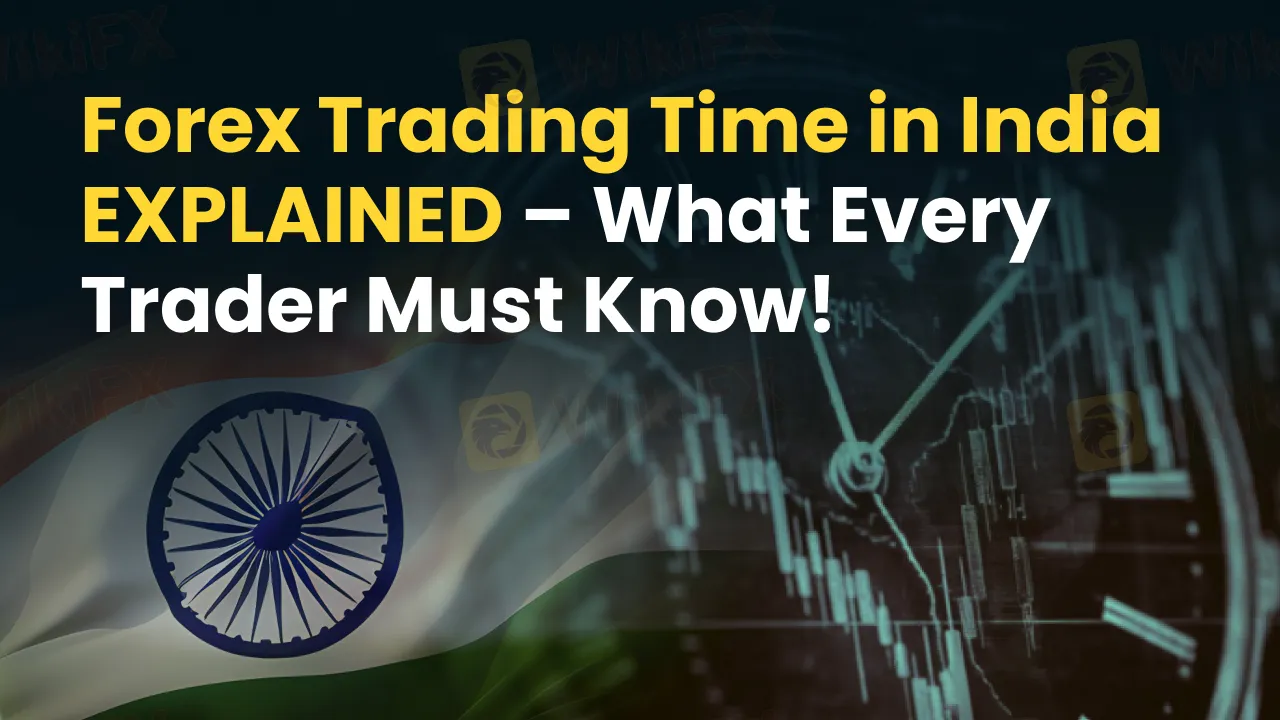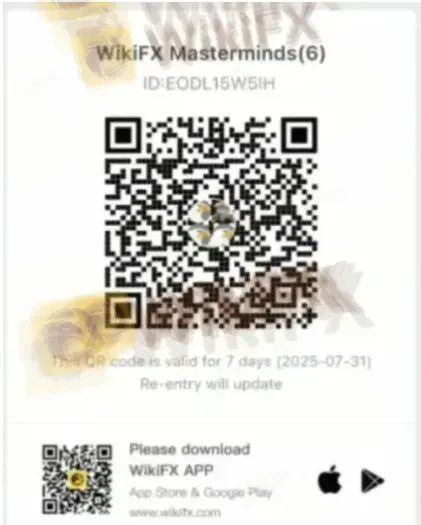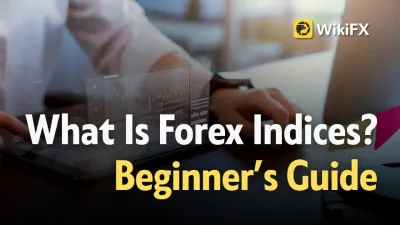简体中文
繁體中文
English
Pусский
日本語
ภาษาไทย
Tiếng Việt
Bahasa Indonesia
Español
हिन्दी
Filippiiniläinen
Français
Deutsch
Português
Türkçe
한국어
العربية
Forex Trading Time in India EXPLAINED – What Every Trader Must Know!
Abstract:Wondering how much time you have to trade currencies in the Indian foreign exchange market? Can you do it during the daytime or at your convenience? You have got all your answers here. In this article, we have covered the forex trading time in India. Read on!

Wondering how much time you have to trade currencies in the Indian foreign exchange market? Can you do it during the daytime or at your convenience? You have got all your answers here. In this article, we have covered the forex trading time in India. Read on!
Forex Trading Overview - Definition, Trade Options
Forex trading involves currency pairs, where traders exchange one currency for another. As a trader, you speculate on the direction of the currency pair, upward or downward, based on the economic development and technical analysis.
Upward trends indicate opening a buy position, while downward trend indicates selling the asset before the value drops significantly.
The forex broker charges a spread, which is the difference between the bid price (purchase price) and ask price (selling price) of a currency pair. Further, to help traders gain a wider market position, forex brokers offer them a ‘leverage’ option with less capital.
Most importantly, the currency pairs allowed to trade in India include INR/USD, INR/GBP, INR/JPY, and INR/EUR. You can also trade on cross-currency pairs other than INR.
Forex Trading Time in India Revealed
Forex market hours in India are based on the currency pairs involved in trading. INR pairs will have currency trading for eight hours from 9 a.m. to 5 p.m. Cross-currency pairs will have trading sessions extending till 7.30 p.m. During this period, forex traders in India can buy and sell exchange-traded currency derivatives such as futures for popular pairs - USD/JPY, EUR/INR, EUR/USD, USD/INR, GBP/INR, JPY/INR, and GBP/USD.
Forex market hours allowed in India are strategically planned to overlap with major global markets, resulting in massive liquidity and volatility for several currency pairs. However, traders should also exercise caution during the forex trading time in India. The reason is that extreme volatility presents both opportunities and risks. Being aware of global economic developments, central bank stances, and geopolitical scenarios can help traders decide their investment moves within the forex trading hours in India.
Will I be Allowed to Trade 24 Hours in the Indian Forex Market?
As per the rule, trading on currency pairs involving INR is possible for 24 hours a day. The regulated hours are from 9 a.m. to 5 p.m. for trading on such pairs. Cross-currency pairs are allowed to trade on until 7.30 p.m.
Beyond these hours, you cannot trade through regulated exchanges. However, traders can trade in currencies outside of the forex trading time in India through international forex brokers with access to markets worldwide.
For informed trading, traders must understand the trading hours involved in different currency pairs and the risks related to trading outside of the regulated hours.
When is the Best Forex Trading Time in India?
The best forex trading time in India usually overlaps with major markets worldwide, allowing increased liquidity, higher trading volumes, and optimal profit avenues owing to potentially significant price movements.
One of the most active forex trading sessions that overlap the New York and London sessions falls between 7 p.m. and 12 a.m. (IST).
This timeframe allows traders to maximize increased volatility and liquidity, especially for major currency pairs such as USD/JPY, GBP/USD, and EUR/USD.
However, the best trading time in India depends on trading strategies and risk tolerance.
Wrapping Up
Forex trading in India comes with clearly defined time frames for both INR-based or cross-currency pairs. While INR pairs are allowed to be traded from 9 a.m. to 5 p.m., cross-currency pairs can be traded until 7:30 p.m. through Indian exchanges. Even though 24-hour forex trading is possible through international brokers, it falls outside SEBI-regulated hours and may entail enhanced risks.
Making the most of your trades requires aligning your trading strategies with global market overlaps, especially between 7 p.m. and 12 a.m. IST when the New York and London markets are open.
WikiFX Masterminds - Where you learn the art of forex trading - is now live!
Join the group with these simple steps -
1. Scan the QR code placed right at the bottom.
2. Download the WikiFX Pro app.
3. Afterward, tap the ‘Scan’ icon placed at the top right corner
4. Scan the code again.
5. Congratulations, you are part of the community.

Disclaimer:
The views in this article only represent the author's personal views, and do not constitute investment advice on this platform. This platform does not guarantee the accuracy, completeness and timeliness of the information in the article, and will not be liable for any loss caused by the use of or reliance on the information in the article.
Read more

What Is Indices in Forex? A Beginner’s Guide to Trading Forex Indices
Understand what indices in forex are, how DXY works, key differences vs pairs, pros/cons, and where to trade CFDs—beginner-friendly, expert-backed guide.

Malaysian Finfluencers Could Face RM10 Million Fine or 10 Years in Prison!
A new regulatory measure by the Securities Commission Malaysia (SC) is set to change the country’s online trading and financial influencer landscape. Starting 1 November 2025, any trader or influencer caught promoting an unlicensed broker could face a fine of up to RM10 million, a prison sentence of up to 10 years, or both.

Juno Markets: A Closer Look at Its Licenses
When selecting a broker, understanding its regulatory standing is an important part of assessing overall reliability. For traders seeking to protect their capital, ensuring that a platform operates under recognised and stringent oversight can make all the difference. Keep reading to learn more about Juno Markets and its licenses.

Complaints Against Weltrade | Traders Can’t Get Their Money Back
Opening a trading account and watching your capital grow can feel exciting and full of promise until the moment you realise you cannot get your money back. That’s when the dream turns into a nightmare. Recent complaints submitted to WikiFX reveal an unsettling pattern seen at Weltrade where deposits vanish, withdrawals stall for days or even months, and support channels lead nowhere.
WikiFX Broker
Latest News
What Is Indices in Forex? A Beginner’s Guide to Trading Forex Indices
How to Use Retracement in Trading
CySEC warns the public against 17 investment websites
Robinhood Moves Toward MENA Expansion with Dubai DFSA License Application
FBI Issues Urgent Warning on Crypto Recovery Scams
Fake Trader Faces 20 Years & RM9 Million Fine for RM1.45 Mil Derivatives Scam
Complaints Against Weltrade | Traders Can’t Get Their Money Back
WikiFX Community Event Series, “Thailand Elites’ View”
Juno Markets: A Closer Look at Its Licenses
Germany's Industrial Core Is Collapsing Under The US Trade Deal And The Green Agenda
Currency Calculator


